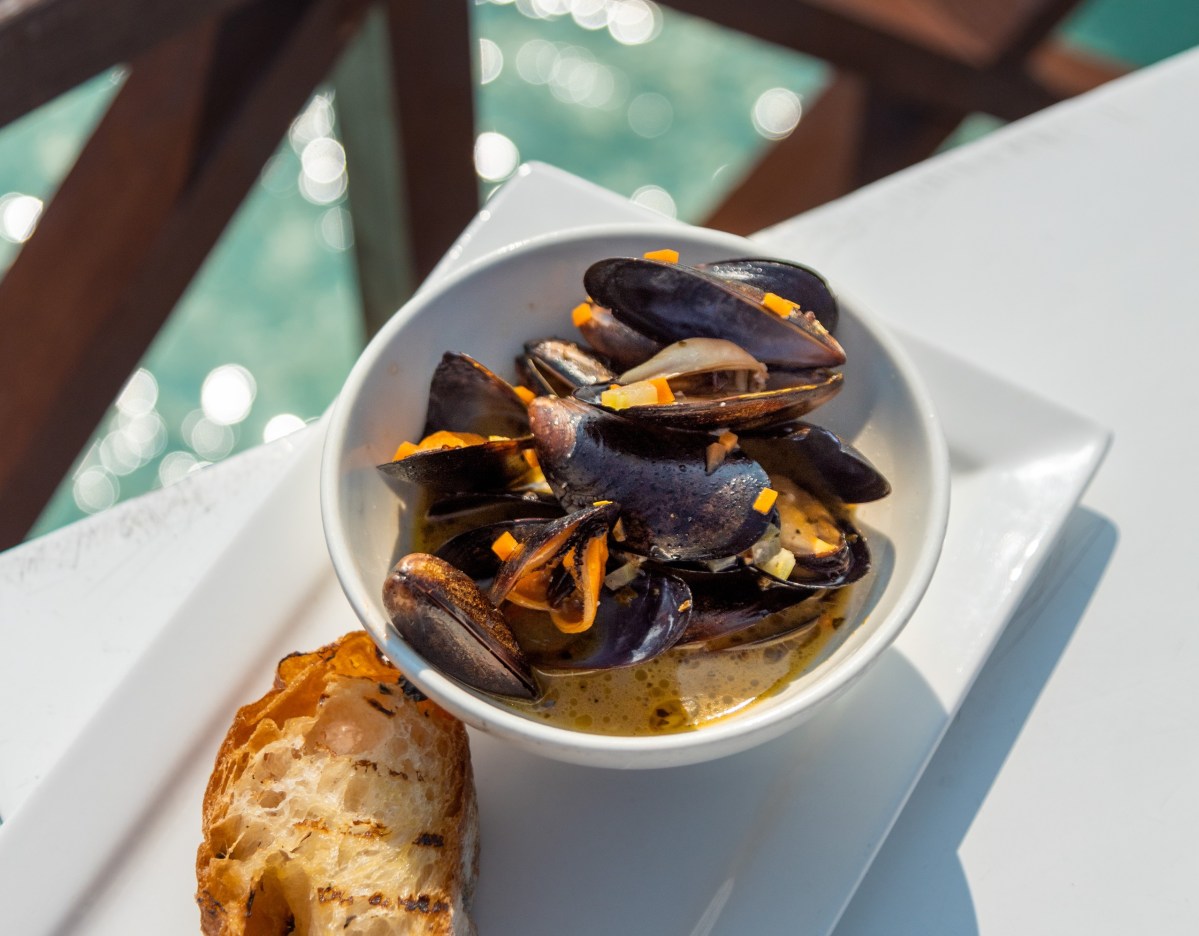By Holly Slater
The changing of seasons not only brings about a transformation in the landscape, but also in the tastes and cravings of patrons. From prioritising local to creating cost-effective dishes, read on to discover the art of crafting a menu that both tantalises taste buds and centres affordability during the sunny season.
Balancing classics with novelty
Head Chef of Kiama Leagues Club, Sarah Rebbeck, notes the need to retain crowd-pleasers while introducing simple, fresh elements for the warmer months.
“We do have our classics being a club; you have to stick with your classics that are never going to change off the menu. We tend to have a handful of mains and a few starters and then some salads that we change every season.”
Concocting innovative and novel pairings and sides, Chef Rebbeck ensures that the menu remains attractive and aligned with customer tastes throughout the year.
Discussing seasonal shifts, renowned chef Matt Kemp, who has worked at clubs and pubs across Australia’s eastern seaboard, stresses that adapting the menu to cater to evolving preferences is key to success.
“People want fresher, lighter kinds of things in the summer months, and then in the winter, they like the slow-cooked, warmer comfort foods.”
Love of local
It’s no secret that diners are increasingly eager to support local producers, and as preferences change, both chefs underscore the importance of sourcing ingredients locally.
“The food trend is very much as local as you can get it. People just love it. They really like it, having something that they know wasn’t brought from overseas,” Rebbeck states.
“Wherever we possibly can, we try and use local seafood or meat or ingredients that we can get sourced locally.”
Kemp shares a similar sentiment; his commitment to sourcing locally isn’t just a culinary trend — it’s a philosophy. He notes that supporting local producers guarantees freshness and strengthens community bonds, highlighting the trust built through local partnerships. One such current partnership for Kemp is with Salumi Australia, based in the Northern Rivers region of NSW near Kemp.
“Salumi Australia always does amazing, great salamis and cold cuts and all those sorts of products. We always tried to find a way to get them in, whether it be on a pizza – literally a pepperoni pizza – or we do a beautiful salami and cheese grazing platter for two where the cost for us is set at a decent markup. But for a guest, when you break it down, it’s $16 a head.”
This emphasis on Australian products offers diners not only an exceptional meal but also an opportunity for profit if done thoughtfully. Chef Kemp says the way to do this is to mix and match – pairing premium local ingredients with more accessible ones without compromising on quality.
“I’ve got great salami and mortadella that I use from the guys at Salumi Australia. But I will have it on a piece of bread that is local. I can put that out there, and it helps offset some of the other premium ingredients that I’ve got in that dish.”
Opting for local not only promotes sustainability, but also resonates with customers who appreciate knowing their food is not imported, cultivating a connection to the region’s flavours and producers, setting venues apart in a competitive market.
Affordability and simplicity meet quality
Clubs often serve as more than just dining establishments; they’re community hubs. Kemp underscores the advantage of flexibility in clubs, as customers can comfortably choose how much they want to spend, a feature particularly appealing in times when budget-conscious dining is a priority.
He notes, “pubs and clubs offer a unique advantage in today’s dining landscape — flexibility.”
Rebbeck mirrors Kemp’s focus on affordability for patrons: “The key for us is to have a really good range of the dishes on our menu.”
Offering a diverse price range ensures that there’s something for everyone, from budget-friendly options to more indulgent choices. This not only aligns with customers’ changing tastes but also ensures that dining remains accessible to all.
In addition to affordability, Kemp champions the power of simplicity. As most clubs can attest to, serving hundreds or even thousands of guests can be a daunting task.
“By focusing on quality, local ingredients, and straightforward preparation, clubs and pubs can provide exceptional dining experiences without the hefty price tags.
“Focus on three to four components a dish, and they’ve got to go out fast. We ask ourselves how we get things that might be cooked halfway, or some component of the dish already cooked.”
Taking the time to research pre-prepared or partially cooked ingredients, Kemp ensures some components of his menu can be put together with minimal effort and maximum impact.
“A harissa-roasted cauliflower with pumpkin seed puree and roasted cashews has had two days’ worth of preparation done already as part of it is cooked. And I’ve just got to finish it through the oven. I can have it out to the guests in 12 minutes as a fully, nicely roasted piece of cauliflower presented lovely because we’ve done a lot of background work.”
Rebbeck also advocates simplicity and quality as a winning combination for clubs.
“Our menu is definitely not huge. We try and keep it smaller and then have specials so that it moves and walks out the door fast but is also served properly.”
This is an extract from a feature in the Spring issue of Club Management. You can read the full feature below.

